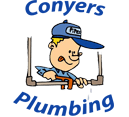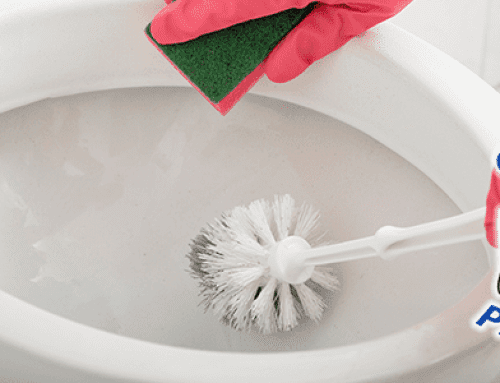Did you know that there are multiple types of plungers? We are sure you have seen the different styles when walking through the aisles of your hardware store. But did you know that the different styles actually serve different purposes? That’s right, they each are made to do a different job around the house. Since more people call the plumber for clogged drains than anything else, it helps to know the right tool for the job. Read on to learn what the various types of plungers do and how they help homeowners.
Cup Plungers
What image comes to mind when we say the word “plunger?” Chances are you pictured a long wooden handle with a red rubber cup on the end. This is what most people think of whenever a drain needs unclogging. But the flat bottom of the cup and the curved surface of the toilet bowl mean that these two are not meant to work together. In fact, the curved surface of the toilet ensures that this type of plunger cannot make a proper seal, therefore it will be mostly ineffective in this capacity. This plunger works best anywhere that has a flat surface, such as sinks or bathtubs.
Toilet Plunger
Made to best fit with the toilet bowl drain, this type of plunger swaps the red rubber cup for a heavier cup with a flange that flares out from the middle of the cup. This flange fits down into the toilet drain providing a complete seal with the curved surface giving maximum suction power. The flange can also be folded in on itself inside the cup, meaning this type of plunger can also be used in the same manner as the cup plunger above. However, we do not recommend using the same plunger for both purposes as it would be unsanitary to do so and would risk cross-contamination of bacteria from the toiler to the sink. It is best to have one plunger dedicated for toilet use and one dedicated for sink and tub use.
Accordion Plunger
This is a hard, plastic plunger that has the same central flange as the toilet plunger and has several folded ridges along the sides that resemble an accordion’s bellows. This type of plunger is made solely for use in the toilet. Some people find this type of plunger to be more powerful, while others struggle to learn how to use it. The ridges along the side hold additional air, which does allow more force when used properly. However, it is more difficult to get a proper seal with the hard plastic than the rubber flange. Additionally, it can be more difficult to compress this type of plunger while maintaining the proper angle for maximum efficiency. Keep in mind that the hard plastic may also scratch the surface of your toilet, while the rubber style is unlikely to leave any marks behind.
Bonus Tips
When using a plunger, remember to get the air out of the cup. Any excess air will cushion the force of the vacuum created by the plunger. You should also submerge the cup fully in water before plunging. This helps to ensure that there is not excess air. Also remember to plunge straight up and down in order to maintain the proper seal around the drain. And if you still cannot clear the drain, Conyers Plumbing is available to help.




